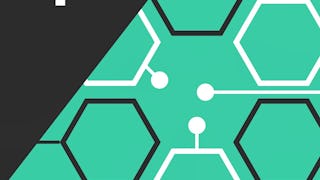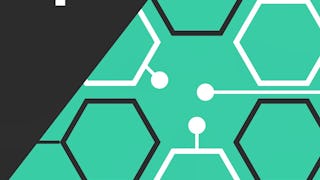Updated in May 2025.
This course now features Coursera Coach! A smarter way to learn with interactive, real-time conversations that help you test your knowledge, challenge assumptions, and deepen your understanding as you progress through the course. The course is designed for those looking to elevate their automation testing skills by creating a Selenium test framework from the ground up. It begins with an introduction to essential tools like TestNG for testing, Maven for build management, and Jenkins for continuous integration. You will learn the advantages of each tool and how they contribute to a robust automation framework. The course then covers the step-by-step process of building and running tests, including executing test cases in parallel and generating detailed reports. Next, you will delve into advanced concepts such as Page Object Design Patterns, which promote code reusability and maintainability. This section will guide you in creating object repositories, page classes, and invoking these within your test cases. You will also learn how to dynamically manage environment variables and trigger builds in Jenkins based on the status of your tests. The course offers practical insights into using Selenium Grid for cross-browser testing, enabling you to execute your tests remotely and efficiently on multiple browsers and platforms. To ensure you have a solid foundation, the course revisits key Java OOP concepts and their practical applications in framework design. By the end, you will have a deep understanding of how to architect a scalable, maintainable, and efficient Selenium test framework suitable for enterprise-level projects. This comprehensive course equips you with the skills needed to excel in test automation and framework design. Ideal for testers, QA engineers, and automation architects looking to master Selenium framework design. Basic Java and Selenium recommended.















